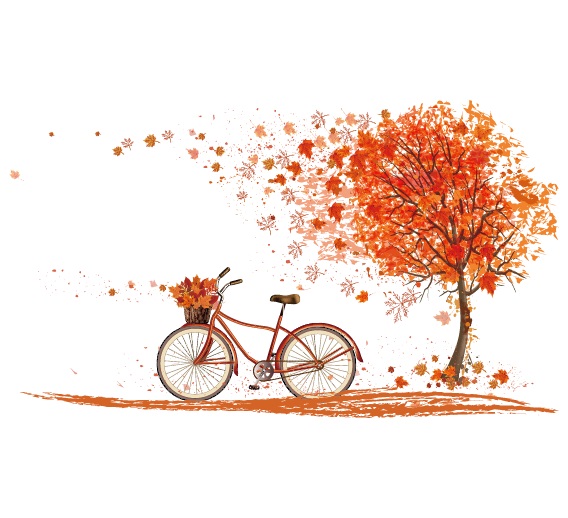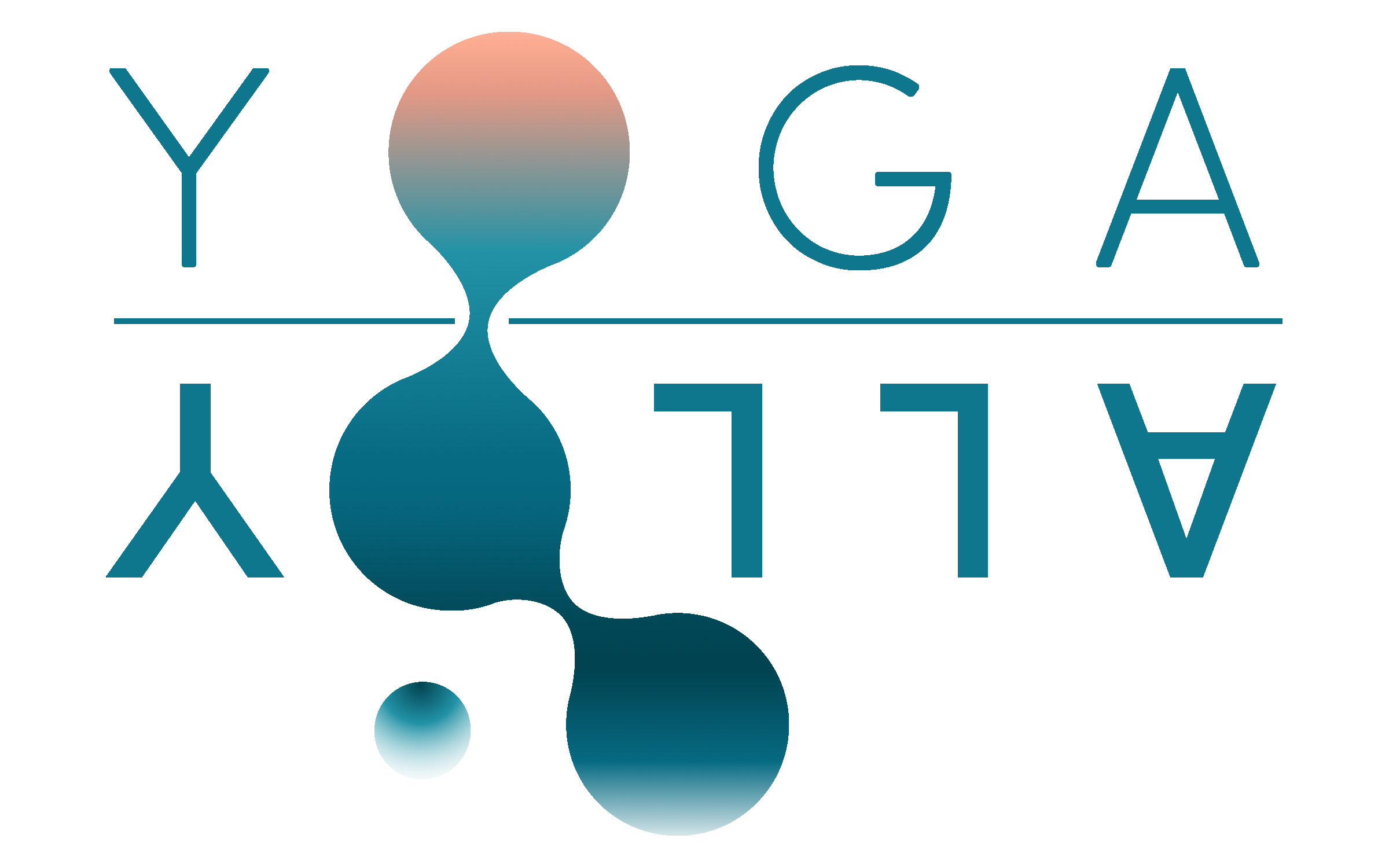Ahimsa: 5 Ways to Empower Yourself
Ahimsa (non-violence) is probably the most fundamental practice for yogis. In this article, we will discuss why and how you can empower yourself by practicing Ahimsa.
Yoga Sutras are one of the most prominent texts of the history of yoga. In the Yoga Sutras, Patanjali presents his understanding of the thousands of years of yogic tradition in a systematized way. He draws an eight-limbed path (Ashtanga) for yoga aspirants. The path to self-realization begins with personal restraints (Yamas). Yoga Sutras lists five personal restraint practices. The first Yama is Ahimsa, non-violence.
Ahimsa encompasses avoiding harmful behaviors as well as thoughts. Yogic practice requires us to treat others with kindness and compassion, but that is not all. Ahimsa also includes taking good care of ourselves, physically and emotionally. Caring about animals and our planet is also part of the practice of Ahimsa.
I can talk about how to practice Ahimsa for chapters, but this is enough to begin talking about why Ahimsa is indispensable for yogis.

1. Practicing Ahimsa prolongs life
I am not claiming this. Yogic texts say that practicing Ahimsa prolongs life. I must admit it makes so much sense. We are the authors of our own life stories. Negativity towards ourselves and others paints the whole story in darker colors. It adds to our stress and depression levels.
Imagine all those negative thoughts and judgments in your head to vanish. Ahh, the silence and the peace that will come out of that silence would be so refreshing to experience.
The negative thoughts and acts also affect our vibration. Our vibration pulls or repels people and events in our lives. Positive vibes are more likely to bring beauty to us in return.
As yoga tells us, our bodies and minds are connected. The clearer mind and balanced emotional states will be better for our bodies as well. It makes so much sense to think that our health will benefit from clearing our lives’ harmful thoughts and actions.
2. Practicing Ahimsa affirms life
In its core, Ahimsa is a practice of valuing life and doing your best not to damage it in any way. To integrate a profound understanding of Ahimsa into your life, you need to connect with your environment. The practice of non-violence is all about celebrating life and making it shine brighter.
To avoid harming, you need to be aware of the impact of your thoughts and actions on yourself and those around you. This awareness keeps you present and responsible. As you invest your time and energy into being compassionate, your ability to care and protect improves. You begin to connect with your world on a deeper level.
Most of us live in hypocrisy that comes with the age of consumerism. We say that we care, but we are usually ignorant to the suffering around us. This ignorance is not a real one; we fake it. Then we secretly punish ourselves, filling our thoughts with negativity. When you embrace Ahimsa, you can walk proud knowing that you have done your part. In time you will see that your actions are inspiring others, yes slowly but surely.
Although it is a restraint principle, it takes nothing valuable away from life. On the contrary, by spreading your awareness to life around you, your world expands.
3. Ahimsa brings you in contact with the sacred within
The practice of Ahimsa usually begins on the surface. It starts from the apparent acts of negativity. As we begin to eliminate them, our sensitivity and awareness towards negative energies improve. In time we begin to notice the sparks of healing and love and positivity emanating from within.
As we decide to avoid judging ourselves and begin to believe that we are worthy of our compassion, we take our first steps towards accepting ourselves. Embracing Ahimsa sounds like something all should have done naturally. But that is not the world we are living in. Being compassionate without condition is not easy. It requires you to show power. But you will love it when you see how much power you can gather for a worthy and meaningful purpose.
4. Ahimsa dissipates the illusion of disconnection
Yoga is all about a holistic understanding of the universe. Yogic teachings claim that the seeming disconnection between people and between physical and the sacred realms are just illusions. Our Souls are one and connected.
This idea of connection implies that if we harm someone, we will also suffer as a result. If we hurt ourselves, others will suffer as well. The same goes for nature and animals. We are never alone, never isolated.

If all humanity believed in this idea of connectedness, then compassion would have been a norm. Unfortunately, that is not the case. The good news is that the practice of Ahimsa brings you closer to this idea of connectedness. As you act with presence, awareness, and care, you begin to see how all is connected.
5. Ahimsa is the first step in self-realization
The aim of yoga is self-realization. The objective is to embrace our sacredness and unity with all universe. Harmful behavior takes us away from this goal.
When we harm others, we push them away. We also pull back and set up our defenses as we feel shame and fear for a payback. Violence is turning our back to our strength, our life, and our sacredness. No matter how much someone meditates and practices asana, they will not come closer to the final goal unless they practice Ahimsa.
Final words,
The only reason people act in a hurtful way is that either they are afraid or in pain. It is not possible to never be frightened or hurt. But just as I said earlier, all is connected. You might not be able to let go of all fear and suffering to be unconditionally compassionate. But the other way around also works. Be compassionate, practice Ahimsa, and watch your fears and grief lose their intensity to no longer taint your life with darker colors.

